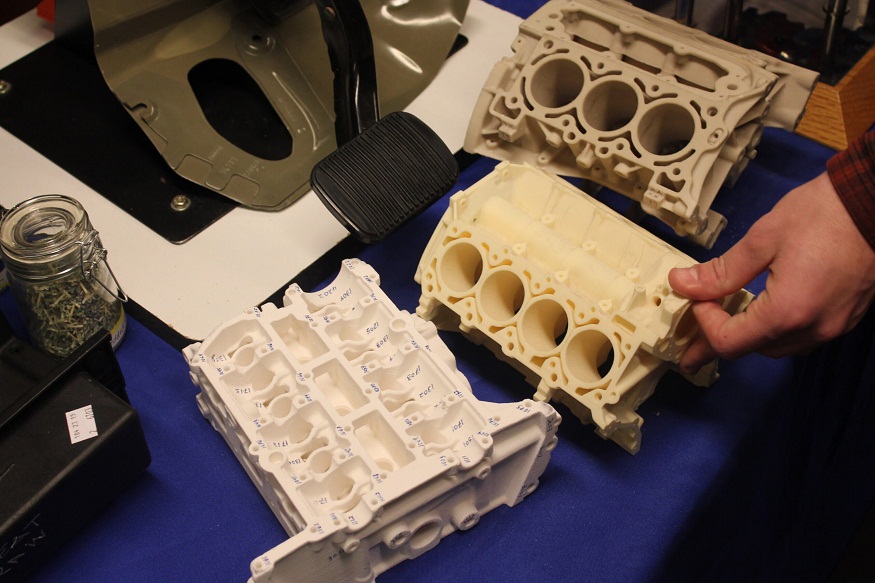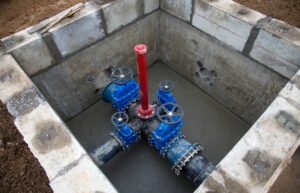Over the recent past, architecture as a discipline has been revolutionised by 3D printing technology. Specifically, Dubai, the city that by some did become a mecca of the most innovative architecture and a city that never sleeps while seeking the next big thing in construction and design was especially warmly embraced by this creative way of materialising digital ideas into actual objects. To bring their visions into physical form in ways that were, a few years back, unthinkable or unrealistic, architects in Dubai have found a powerful ally in 3d printed models.
More and more 3D printed prototypes Dubai architects are turning to the fabrication of to make detailed building designs, inside designs, and city planning concepts. These prototypes have several applications, for example, helping architects make the final touches to the structure, helping to present the work to the client, and improving communication between various interested parties in construction projects.
The Significance of Architects Using 3D Printed Prototypes
The adaptability with which complex designs may be translated into real objects in a reasonable amount of time is perhaps the most significant benefit of adopting 3D-printed prototypes. You can achieve great things with 3D printing taking a few hours to print complex models while using conventional approaches to take days or even weeks to build the models. Due to this, it became possible for the architects to present numerous ideas and modify them depending on the real feedback, thus, they can progress in the working process more actively.
The precision of the level of detailing is the other benefit of 3D printing as it is very detailed. The advancements in 3D printing services in Dubai make it possible to have a highly accurate model right down to the details at the architect’s scale. This matters when it comes to imagining how the different parts of an architectural design will interlock, or how light and darkness will interact with a building’s forms.
Another element pushing 3D printing for architects in Dubai is cost-effectiveness. Although the initial cost of 3D printing equipment can be high, it is frequently justified by the long-term savings in labour, materials, and time. Moreover, the capacity to generate several design iterations swiftly might result in better finished goods and possibly cost savings at the building stage.
Applications in Architectural Practice for 3D Printed Prototypes
Idea Illustration
Concept visualisation is one of architecture’s most popular applications for 3D-printed prototypes. Architects can investigate several design choices and gain a better understanding of how their ideas will transfer into three-dimensional space by using these models early in the project. For complicated or unusual constructions that could be challenging to visualise with only 2D drawings or digital renderings, this is especially helpful.
Presentations for Clients
A physical model has a lot more influence on clients when presenting ideas than a series of sketches or computer-generated graphics. Clients are better able to comprehend the architect’s vision when they can interact with a tangible representation of the proposed design through 3D printed prototypes. This can be very helpful when working with clients who might not understand how to comprehend digital visualizations or architectural blueprints.
Design Improvement
Architects can utilise 3D printed prototypes to test and refine different areas of their ideas as the project moves forward. To verify that things work as planned, this may entail making scale models of entire buildings to evaluate their general form and proportions or detailed models of individual building components. Through the use of 3D printing, architects can swiftly iterate on ideas and discover and fix possible concerns early on, ultimately saving time and resources.
Urban planning and site planning
In addition to single structures, models of entire neighbourhoods or urban areas are being produced via 3D printing. The integration of future developments with existing infrastructure and structures can be better visualised by architects and urban planners with the aid of these larger-scale prototypes. This capacity for macro-level planning and visualisation is essential for promoting harmonious urban growth in a metropolis that is expanding quickly, such as Dubai.
Architecture Using 3D Printing in Dubai
In Dubai’s architectural landscape, a variety of dynamic approaches are employed to create 3D-printed prototypes. Among the dubai 3D printing techniques that are most frequently used are:
Stereolithography: Layer by layer, liquid resin is cured into solid plastic by SLA using a laser. This technique is perfect for complex architectural projects since it can create smooth-surfaced, highly detailed models. When accuracy and visual appeal are crucial, SLA is frequently used.
Printed Various Materials: Advanced 3D printers can create prototypes with varying colors, textures, or material qualities by working with many materials at once. This can be very helpful for architects who want to make more realistic models or depict different building materials.
Challenges and Upcoming Changes
There are still obstacles to be solved, even if 3D printing has already had a big impact on Dubai’s architectural community. Larger models frequently need to be printed in portions and combined due to the size constraints of existing 3D printers. Furthermore, while growing, the variety of materials available for 3D printing is still fairly restricted when compared to conventional model-making methods
However, these restrictions are constantly being addressed by continuing developments in 3D printing technology. There are ongoing developments for larger-format printers as well as frequent releases of new materials. Researchers are even looking at the prospect of employing 3D printing for large-scale construction, which has the potential to completely transform the building sector in Dubai and elsewhere.
With potential uses going beyond prototypes, 3D printing in architecture appears to have a bright future. With the way technology is developing, it might someday be able to 3D print whole buildings or perhaps entire structures. As a result, waste may be decreased, more environmentally friendly building techniques may be used, and even more intricate and creative designs may be possible.
Conclusion
Architects in this progressive city of Dubai have been able to demonstrate a marked shift from the traditional approaches towards architectural design and planning by employing 3D-printed prototypes. Building technologies are expanding boundaries in building design and architecture and allow architects to work more efficiently and well.
The finest developments in the technologies of 3d printing and the software compatible with these innovative systems have emerged as requisite obligations that architects need to adhere to when working in Dubai. The advancement in information and communication technology has opened up an opportunity to explore new approaches to architectural invention; benchmarks the practices of architecture internationally and shapes the skyline of Dubai.



